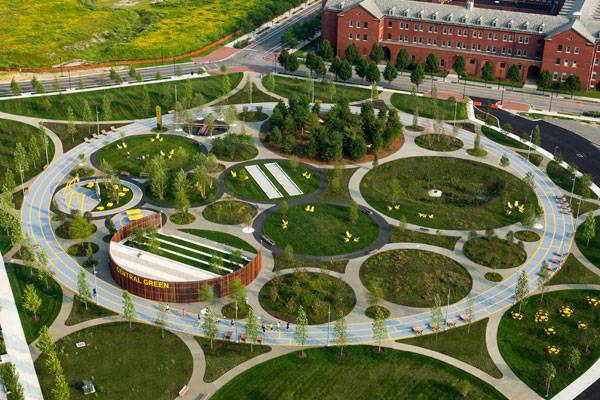Infrastructure is the arrangement of structural elements that help in the everyday functioning, and impacts the direction of human society. Sustainable infrastructure refers to the designing, building, and working of these structural elements in ways that don’t not reduce the social, financial and environmental procedures required to maintain human value, diversity, and the functionality of normal frameworks. Infrastructure is basic to sustainable community development, humans’ future prosperity and the everyday existences of individuals in this world. The infrastructure we are constructing today will shape tomorrow’s communities and societies. There are several research programs around the world which deal with five key infrastructure territories that we think are critical to sustainable development: Energy, Transportation, Waste Management, Land Use Planning and Governance. Nations around the globe are defied with the test of fulfilling their citizens’ demand and interest for excellent infrastructure administrations, while dealing with extreme monetary limitations. The significance of infrastructure sustainability has increased in the worldwide talk. In fact, infrastructure sustainability is at the center of the worldwide sustainable development agenda: 6 out of the 17 primary Sustainable Development Goals anticipated that are expected to launch next September, specifically regarding infrastructure. While the idea of sustainable infrastructure has been generally connected with building ecologically good or “green” infrastructure, it turns out to be progressively evident as every day passes that it deals with things well past the environmental factor.
There is some agreement with the possibility of the idea that a comprehensive way to deal with sustainability should look to devise infrastructure that is custom fitted to local social, monetary and ecological condition and caters the requirement for infrastructure benefits in the best and effective way. This requires not just surveying and tending to ecological dangers and risks. Sustainability additionally requires guaranteeing financial resources to keep up infrastructure over its life expectancy and longevity, thinking about users’ inclinations and needs in the plan (for maximum optimization and effectiveness), and understanding the institutional and political dynamics to guarantee the project’s endurance through different political cycles of that country.

Companies around the world have made significant improvements in their working methods and the material they use in order to adapt and adopt sustainable infrastructure. For example, the Reventazon project by IDB which is a hydropower plant includes the maintenance of an aquatic biodiversity and connects different habitats of jaguar through the “Jaguar Corridor”. The Transjamaican Highway was built using efficient methods such as integrated quality, safety and environmental management to ensure maximum sustainability. The project also provided housing for fishermen and their families, installation of solar panels and lights, flood protection and drain systems. Companies all over the world have begun resorting to choosing more sustainable ways of building infrastructure, contributing to the overall well-being of the present and future generations.
